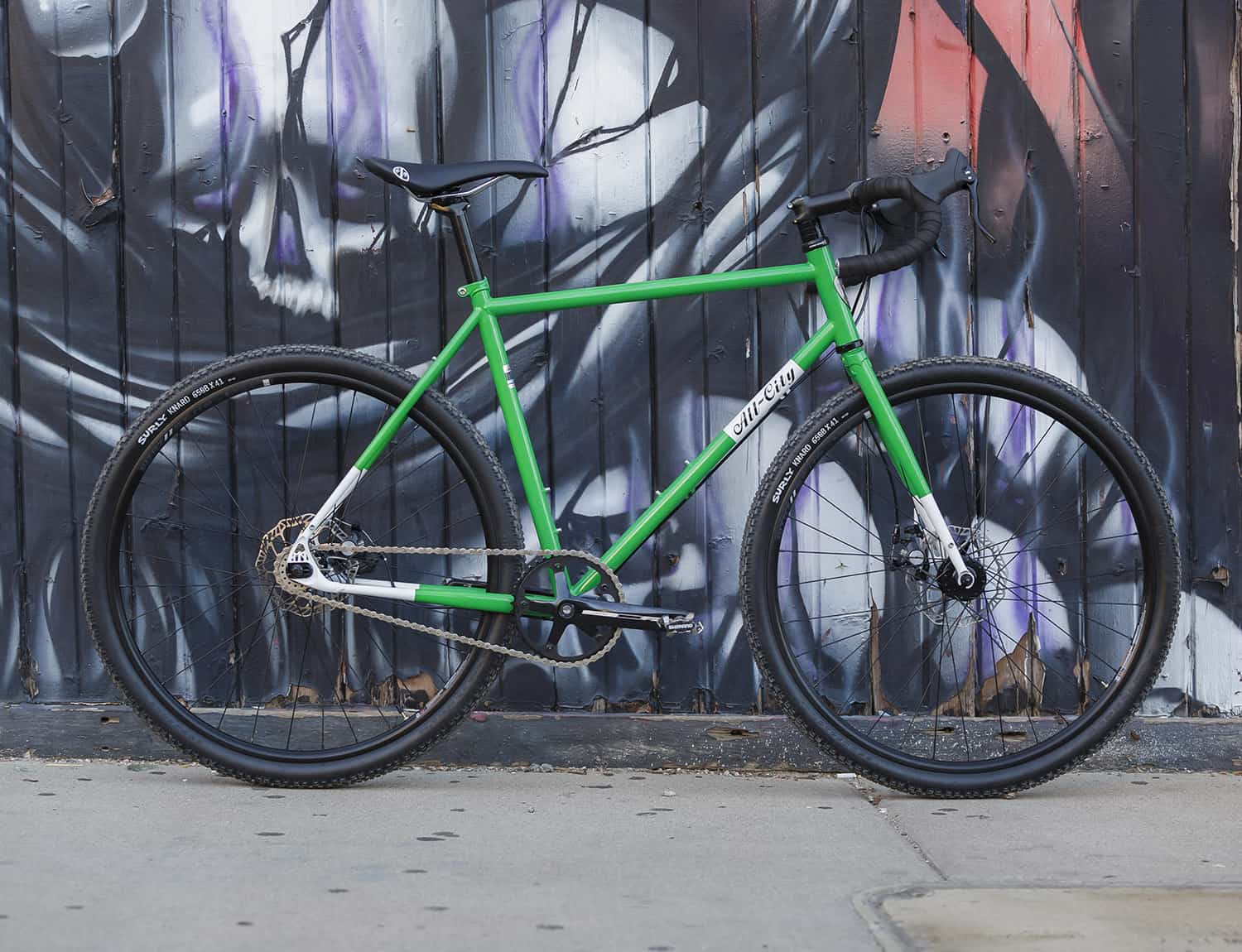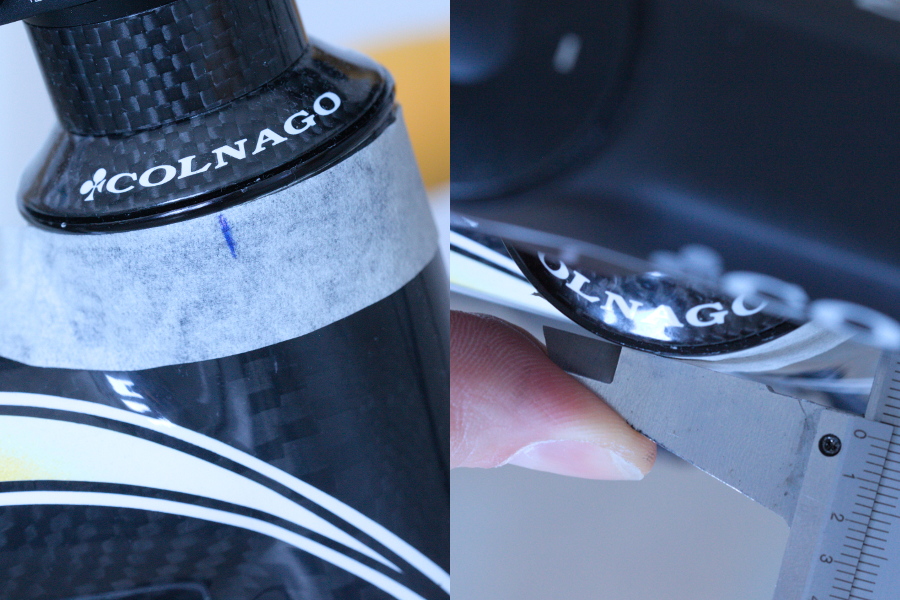

Generally, though, the longer the wheelbase the less the distribution of the rider’s weight is affected by braking, gradient changes or bumpy terrain. Because the wheelbase is made up of the rear-centre and front-centre (the latter is, in turn, determined by the reach, head angle and fork offset), different combinations of these variables could produce the same wheelbase, but different handling characteristics. It’s difficult to define the effect of wheelbase on handling.
#BIKE GEOMETRY CALCULATOR PLUS#
On steep descents, the weight distribution becomes more forward-biased anyway, particularly when braking, so this is most relevant for flat corners.ĭefinition: The horizontal distance between the front and rear axles or contact patches the sum of the rear-centre plus the front-centre. Having 50 per cent or more weight on the front wheel is usually ideal for cornering, so bikes with shorter rear-centre:wheelbase ratios require more pressure on the grips to achieve this. The ratio of rear centre to the total wheelbase defines the front-to-rear weight distribution when all the rider’s weight is on the pedals.Ī typical mountain bike’s rear-centre is about 35 per cent of its wheelbase, so the “natural” weight distribution is 35 per cent front to 65 per cent rear, before the rider puts some weight on the grips. This can be countered by the rider consciously putting pressure on the bar, but doing so can be fatiguing and takes practice. Down tube lengthĭefinition: The horizontal distance from the centre of the bottom bracket to the rear axle (aka chainstay length).īecause the front-centre is usually significantly longer than the rear-centre, mountain bikes tend to have a naturally rearward weight distribution. The easiest way to measure reach is to butt the front wheel against a wall, then measure the distance from the wall to the bottom bracket and to the top of the head tube, then subtract. When comparing reach between bikes remember the one with the higher stack height will feel longer than its reach figure would suggest. This demonstrates how reach measurements are affected by stack height.

But if you used headset spacers on the original bike, such that the bar height was the same, both bikes would feel identical to ride. That’s because the head angle is not vertical – so, the longer the head tube, the further back the top of it becomes, and so the shorter the reach measurement. Now if you measured the reach of those two bikes, the one with the extended head tube would measure shorter. Take two identical bikes, then make the head tube of one bike taller, so it has a higher stack height. There is one small caveat to that though, and it’s to do with the stack height. Along with the stem length, it defines how roomy the bike will feel when ridden out of the saddle, and alongside the effective seat angle, it determines how roomy the bike will feel when in the saddle too. Of all the commonly available numbers in a bike’s geometry chart, reach provides the best impression of how a bike will fit. Definition: The horizontal distance from the bottom bracket to the centre of the top of the head tube.


 0 kommentar(er)
0 kommentar(er)
